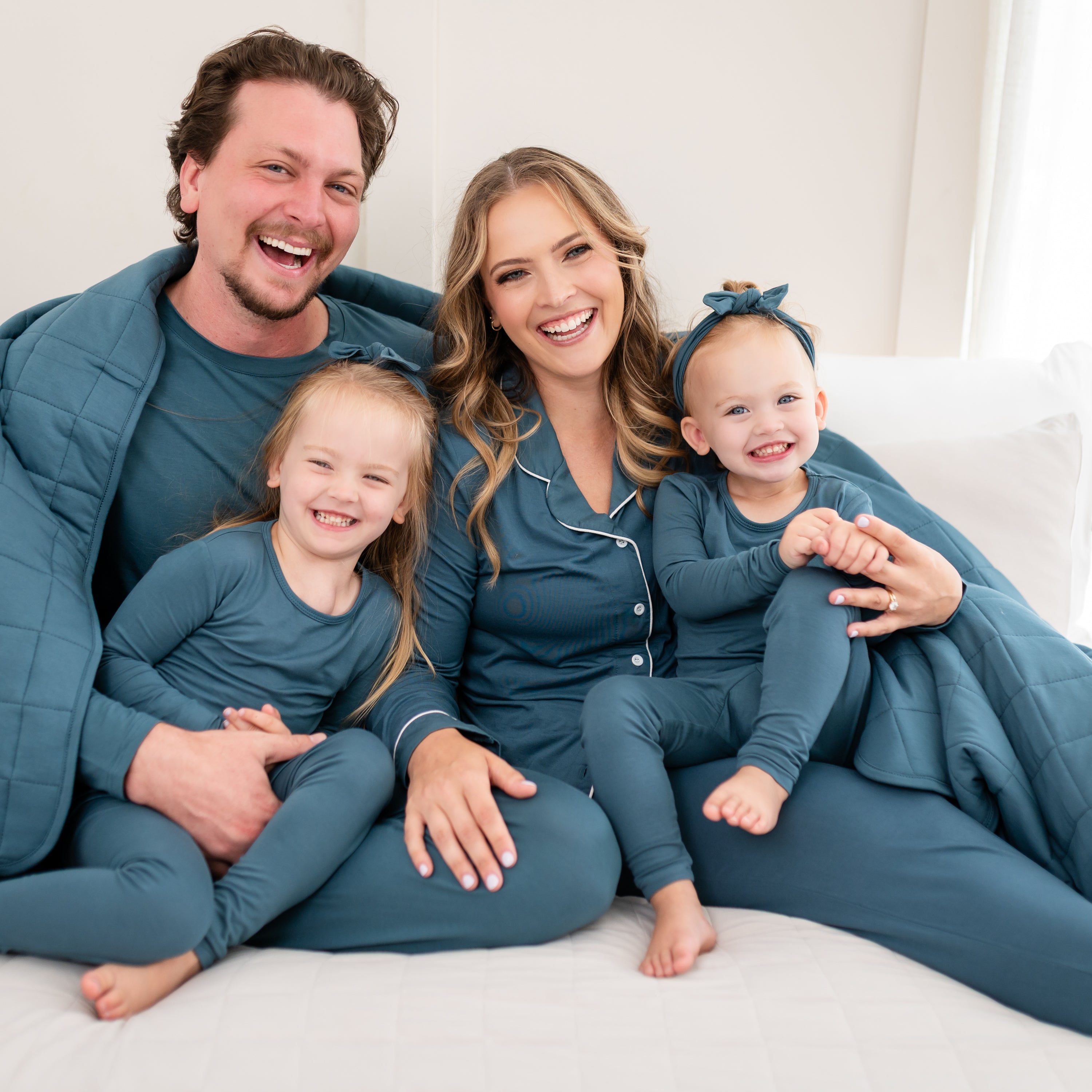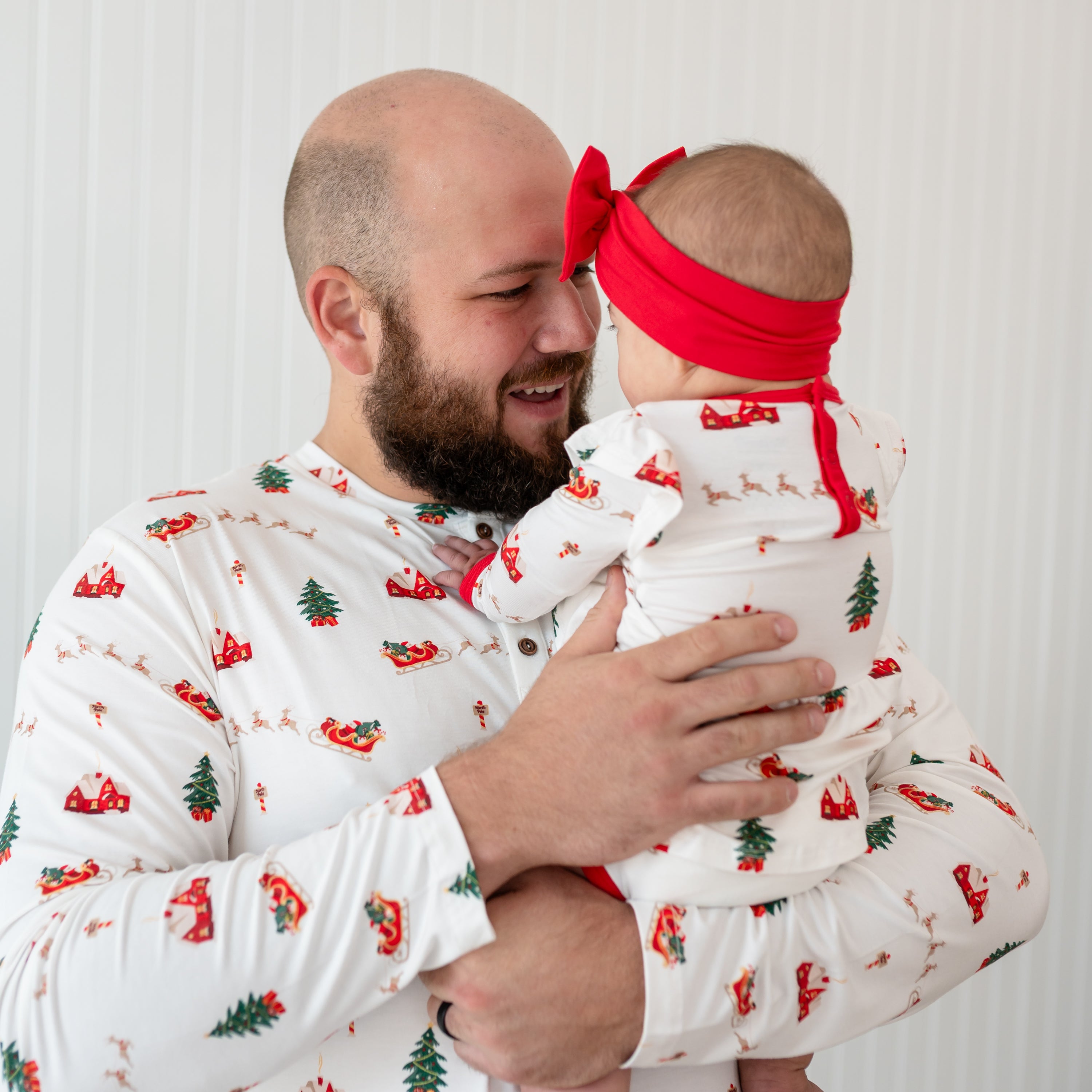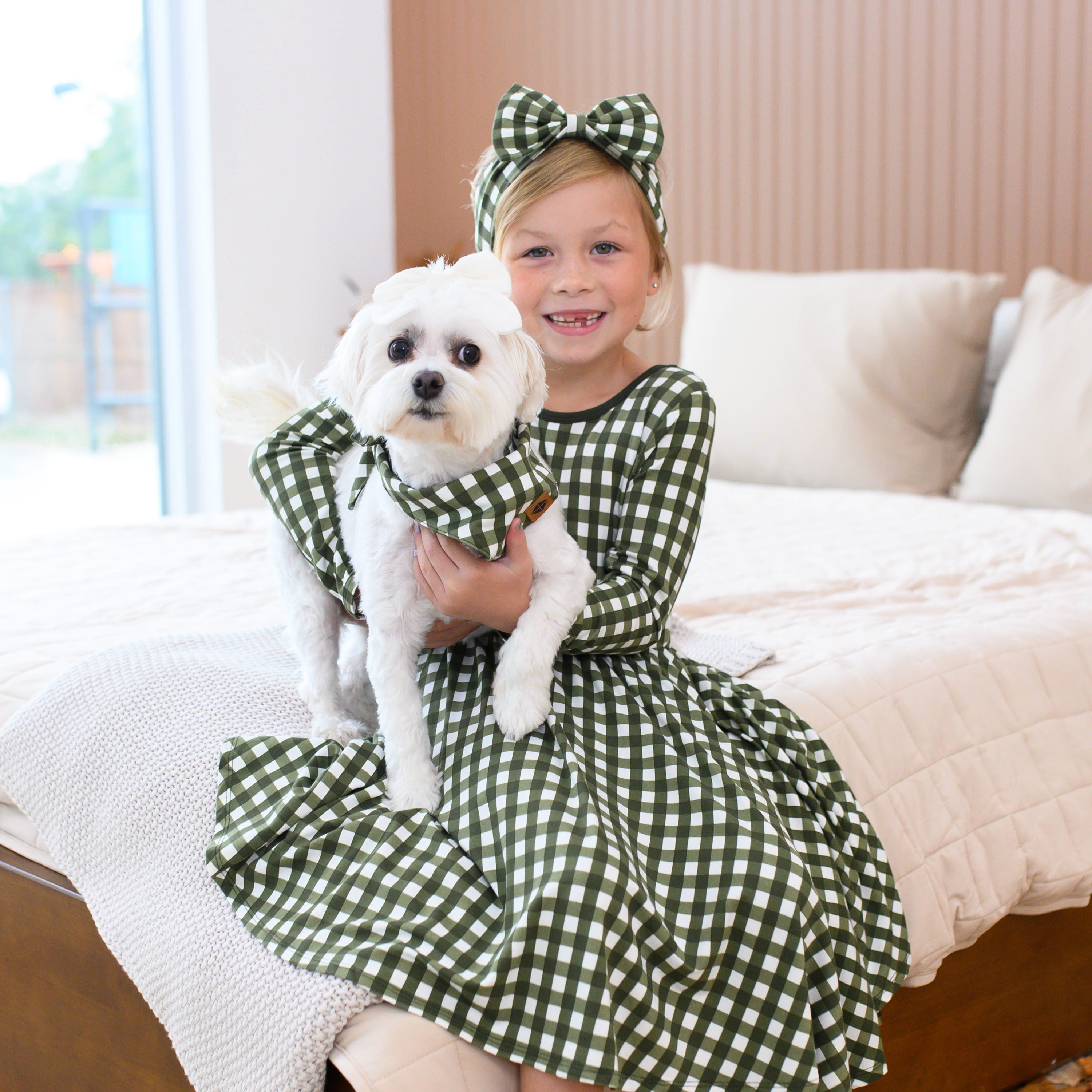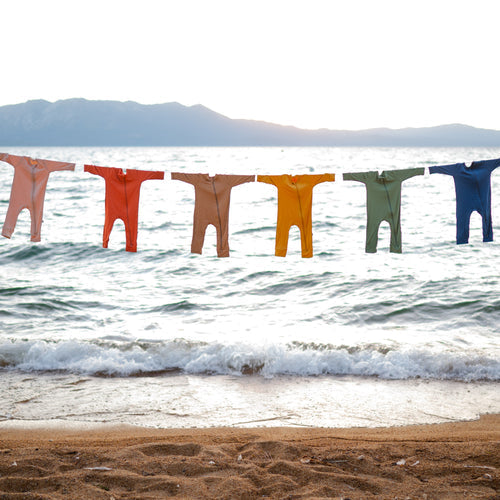Old habits die hard, and many children experience their first big heartbreak when they have to quit this particular one: the pacifier. Babies are born with a strong sucking reflex, which not only allows them to get the nutrition they need to survive, but also has a soothing effect. It’s the reason that many babies take to a pacifier so quickly, and rely on one as a source of comfort well beyond infancy. The American Academy of Pediatrics (AAP) even recommends pacifier use for the first six months of life because the benefits include analgesic effects, shorter hospital stays for preterm infants, and a reduction in the risk of sudden infant death syndrome (SIDS). However, as your child gets older, the risks of pacifier use begin to outweigh the benefits, and the habit becomes increasingly harder to break.
When it’s time to say goodbye
Although the American Academy of Pediatrics and the American Academy of Family Physicians recommend weaning children from pacifier use in the second 6 months of life, many children continue to use pacifiers until they’re a few years old. This recommendation for weaning by the AAP and the AAFP is to prevent otitis media, or middle ear infections, which occur much more frequently in children who use a pacifier than those who do not. The easiest time to wean your child from the pacifier is when they are 6 or 7 months old because that is an age when they have not yet developed an emotional attachment to it. After 9 months of age, your child begins to develop an emotional attachment to their pacifier, and the habit becomes even harder to break.
However, like all things to do with children, there are no set rules on exactly when to stop. The American Academy of Pediatric Dentistry recommends stopping non-nutritive sucking habits, which includes pacifier use and thumb-sucking, before 36 months because prolonged use can cause your child’s teeth to be misaligned. But, the rules aren’t clear cut, and recommendations for weaning vary widely, so you may want to talk to your child’s pediatrician and/or dentist about when you should take the pacifier away. Most children are emotionally ready to wean from a pacifier between 2-4 years of age, so once your child turns 2, it’s a good time to start preparing them to say goodbye to their binky.

How to pull the plug
Every child responds to weaning differently, and while some respond well going cold turkey, others need a slower, more gentle approach. Kicking the pacifier habit is undoubtedly a challenge, and it may result in less rest for the whole family—especially if your little one relies on their pacifier to fall asleep. We know it isn’t easy to see your child experience their first big heartbreak, but this, too, shall pass! Here are some tips and methods to wean your little one from the pacifier for good.
1. Go cold turkey
You know your child best. If you know that a gradual approach won’t work for your family, going cold turkey is a tried-and-true method that’s very effective—as long as you stand your ground. If you have the patience and determination not to give in, no matter how much your toddler screams, cries, and pleads, your child may very well forget all about their binky within a week! However, if you choose this method over weaning, try and time it appropriately. If your child is going through any major changes or events, such as moving homes, traveling, developmental leaps, or transitioning to a big kid bed, taking away their comfort item could add more stress to an already stressful time.
2. Slow and steady
If your little one seems to always have a pacifier in their mouth, start setting some parameters for pacifier use. Tell them that they can only use it at certain times, such as nap time or bedtime, and begin slowly phasing it out. You can establish “paci-free” times, beginning with half-hour increments during which they are not allowed to use their pacifier, no matter what. Once they’re used to not having their pacifier throughout the day or night, it will be easier to eventually take it away completely.
3. Poke a hole
Using a needle to poke a very small hole in the nipple of the pacifier causes it to lose suction, making it significantly less pleasant to suck on. Since the hole is so small, your child won’t be able to tell why their pacifier feels so different to use, and may lose interest in it completely. However, damaging the pacifier can cause larger pieces to eventually break off, which can then become a choking hazard. If you’ve tried every other method of weaning without success and want to go down this route, make sure you only give your child the pacifier when you are present, regularly check it to make sure that it hasn’t broken apart, and ditch the method entirely if your child isn’t bothered by the hole.
4. Throw a party
Saying goodbye to the pacifier is a big deal, so why not make it into one? If your little one is old enough to understand, use praise and other positive reinforcement to encourage saying goodbye to their pacifier. Prepare your child for the days leading up to the Big Goodbye, and throw a farewell party for their binky as a way to signify the importance of moving on. Give them plenty of praise for handling the emotions around such a big event, and find a fun way for them to say goodbye to the pacifier. You can do a “magic trick” where your child closes their eyes, counts to 3, then opens their eyes to see that the pacifier has “disappeared.” Or, you can sew the pacifier into a stuffed animal, so that it’s not a true goodbye.
5. Replace it with a lovey
Since a lovey is an item that your baby or toddler bonds with in order to feel safe and comforted, it can be an effective replacement for a pacifier. If your little one is older than 12 months and uses a pacifier that has a handle, you can attach a lovey like this one to it. Our loveys are made from the same buttery bamboo rayon as our clothing, and are easily detached from the teething rings they come with. Let your little one get used to the soft swatch of fabric that’s attached to their pacifier, then after a few weeks, you can let them know that the pacifier will be going bye-bye, but that they can still keep the lovey. Since they’ve already made an association between their pacifier and the lovey, they may be able to seek comfort from the soft fabric that was once part of their beloved binky.

6. Leave it for the Pacifier Fairy
If you have a toddler who is stubbornly clinging to their pacifier, calling in the Pacifier Fairy may be just what you need to get the job done. The Pacifier Fairy is a magical creature who collects pacifiers from toddlers all around the world and gives them to babies who need them. Every time they collect pacifiers from a home, they leave a special toy behind for the toddler who has graciously given up their prized possession. In the days, weeks, or even months leading up to the Pacifier Fairy’s visit (and be sure to set a date!), mark off days on a calendar and let your child know how many days they have left. The night before the Big Day, let your child help you collect all their pacifiers and put them into a bag or container to make it easy for the Pacifier Fairy. When they wake up, they’ll have a special toy as a thank you gift!
























